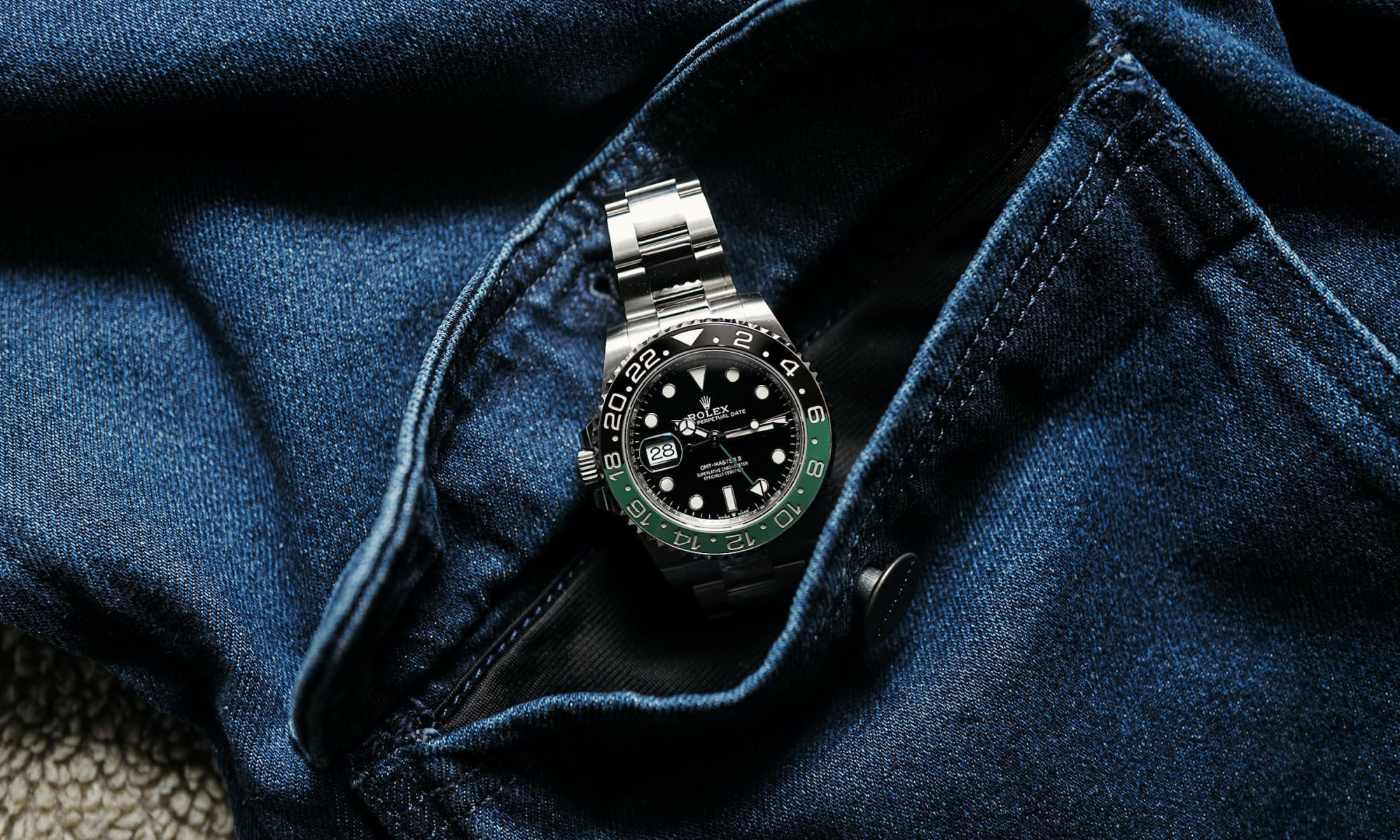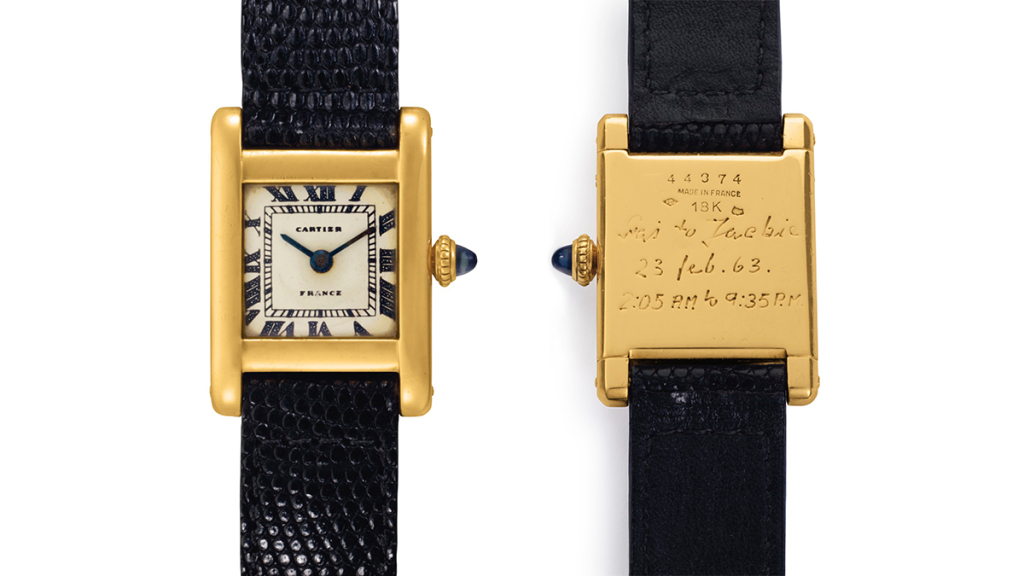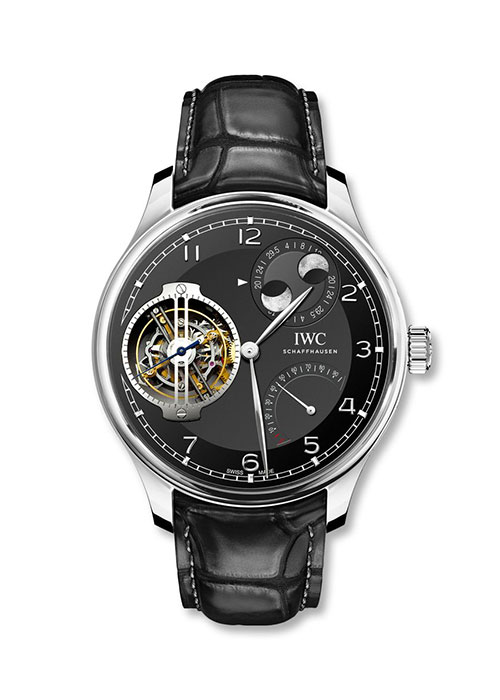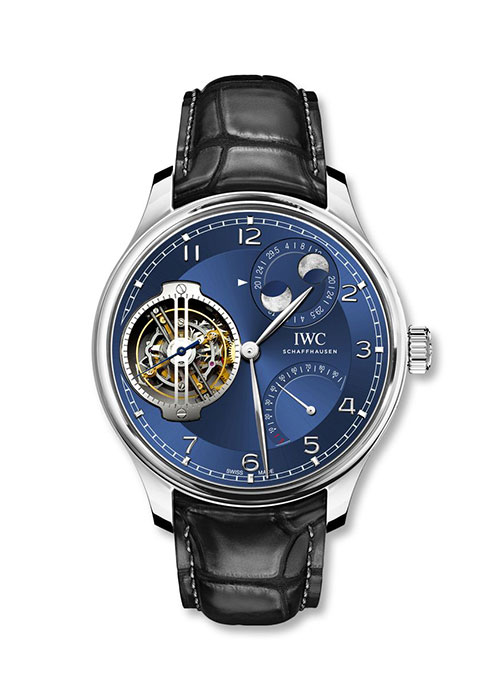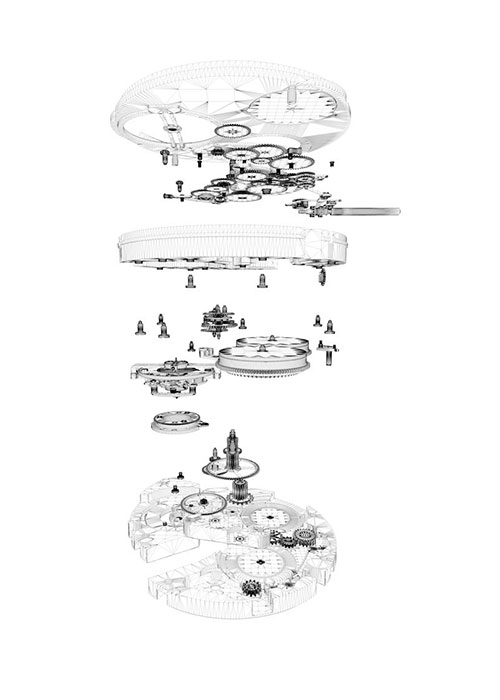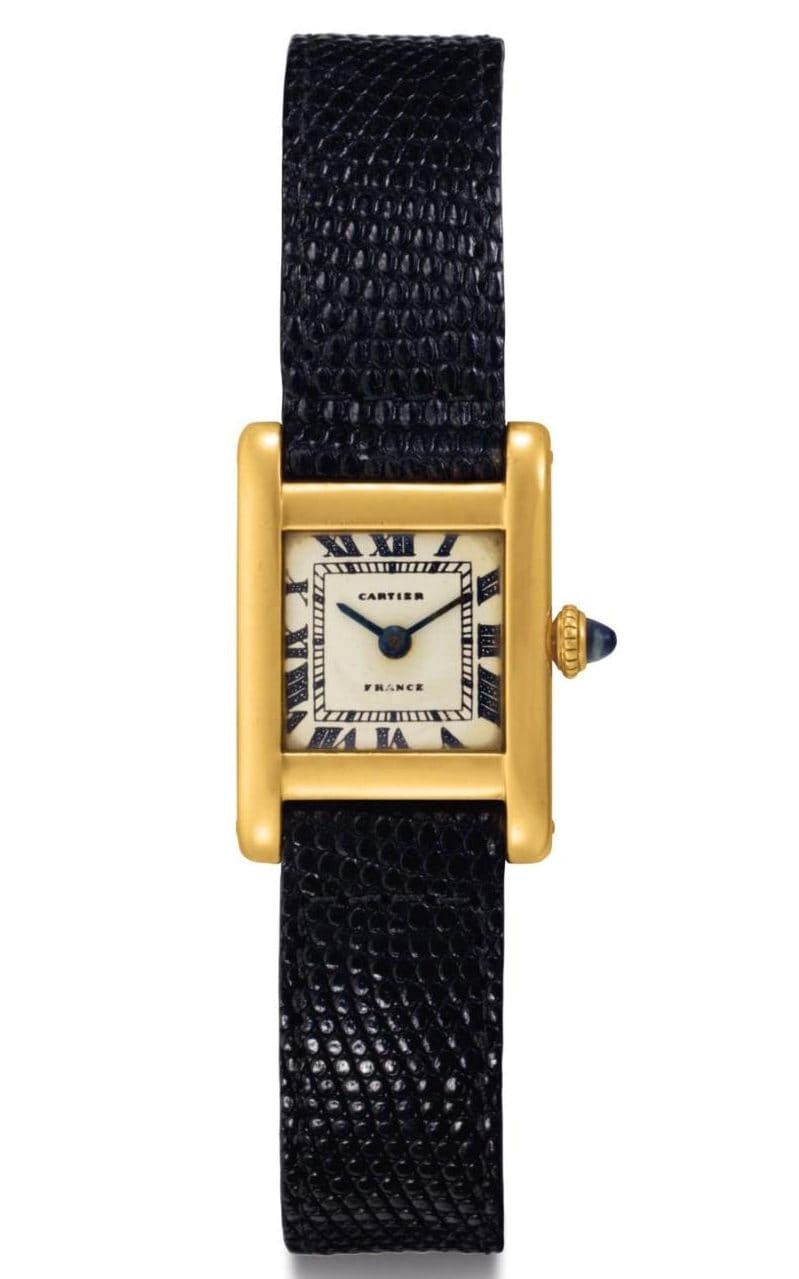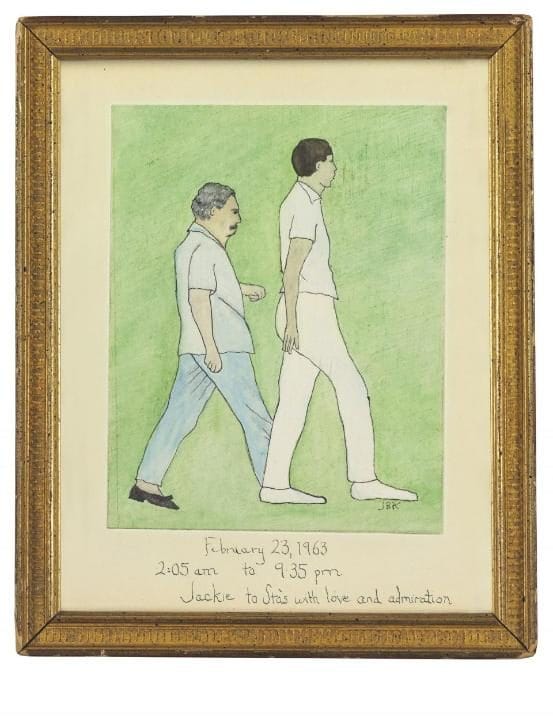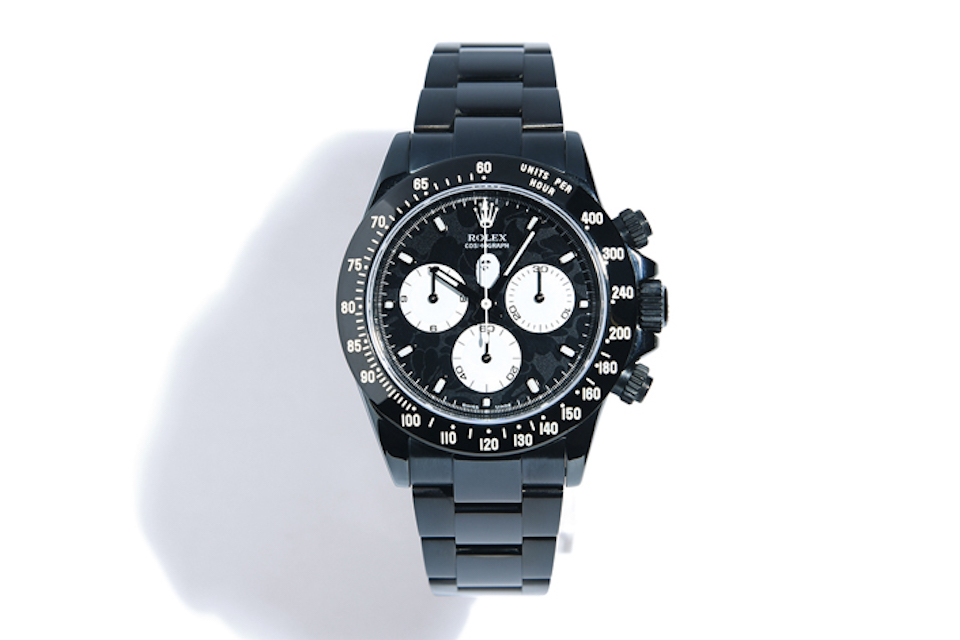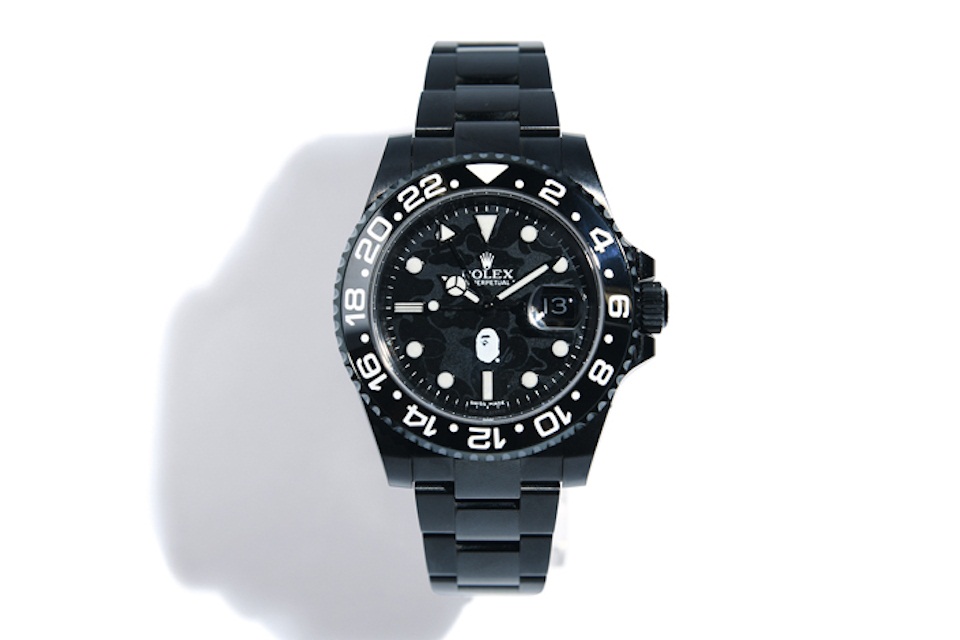With the news of Paul Newman’s own Rolex Daytona copy watches with black crocodile straps heading for auction with Phillips later this year, the industry has been buzzing with speculation about its ability to dethrone the Rolex Bao Dai as the world’s most expensive Rolex ever sold. As exciting as this news is, it’s not the only watch heading for auction with ties to legendary celebrity.
Watches previously owned by celebrities have often pulled a healthy premium at auction, and we expect little to change in the case of the three watches featured below. The classic pieces from Cartier Tank replica watches with self-winding movements and of course Rolex, are all in respectable condition—perfectly capable of fetching a respectable price before even considering the icons whose wrists they once adorned.
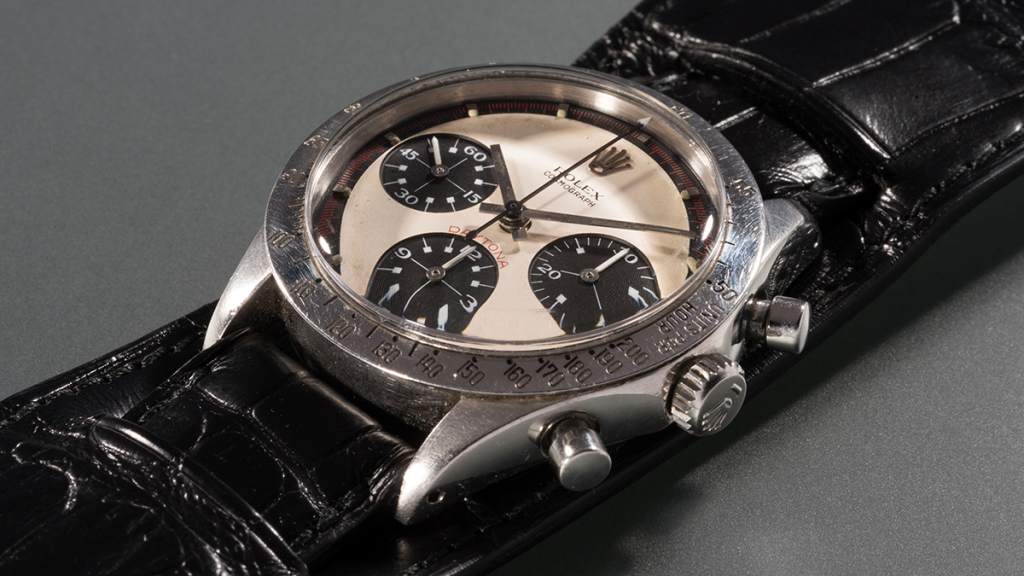
Without resorting to hyperbole, it’s fair to say that Paul Newman’s personal Rolex Daytona is one of the most significant and iconic vintage watches to head to auction in over a generation. Not only did the piece give birth to the nickname of the “top Rolex Paul Newman Daytona fake watches”, but it also has never been sold publicly in all these years. Estimated at over $1M (with many speculating a price in excess of $5M), the piece will head to auction at the Phillips’ inaugural New York Watch Auction: WINNING ICONS – Legendary Watches of the 20th Century taking place on October 26th.
Viewed as one of the more significant artifacts to surface from the Kennedy estate in recent years, Jackie O’s Cartier was a gift given to her by her brother-in-law Prince Stanislaw “Stas” Radziwill in 1963 to commemorate the famed 50 Mile Hike completed by Stas and Chuck Spalding that Jackie wound up painting. Both the painting and the watch will hit the auction block with Christie’s in New York on June 21st as part of the Rare copy watches with white dials and American Icons auction.
